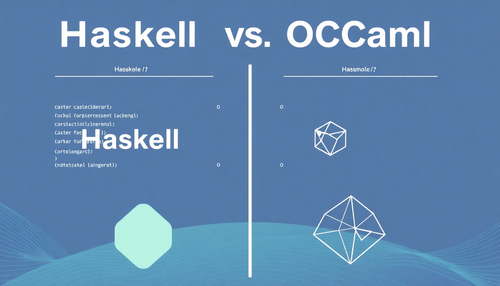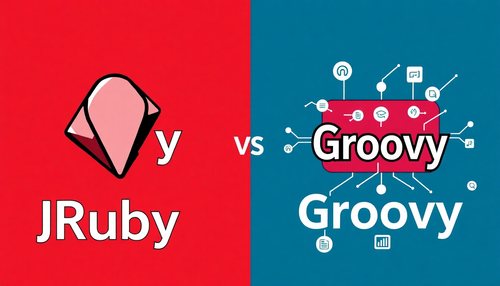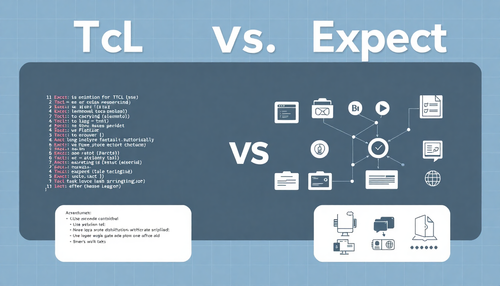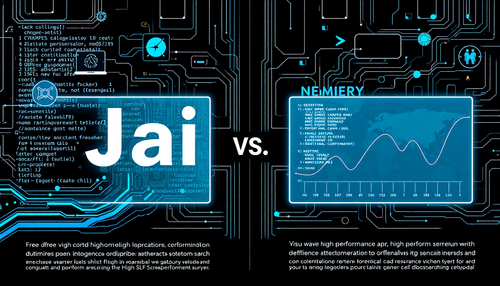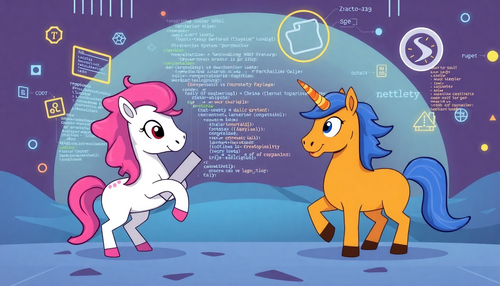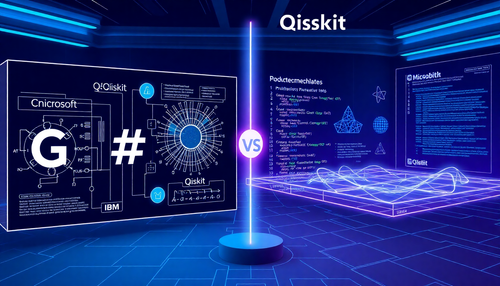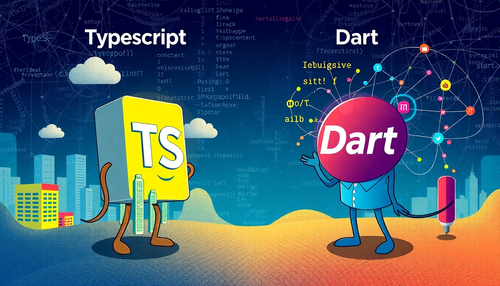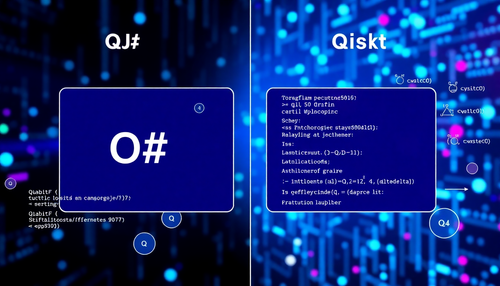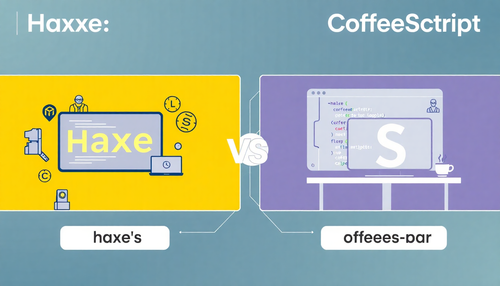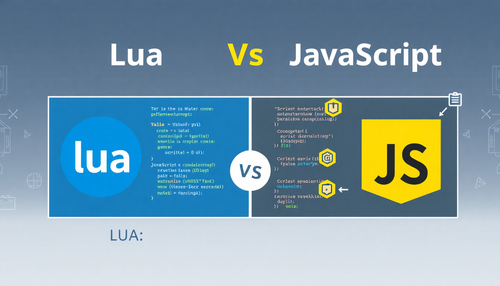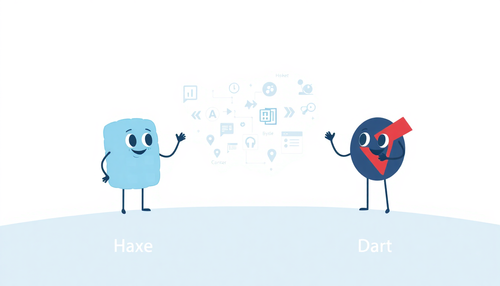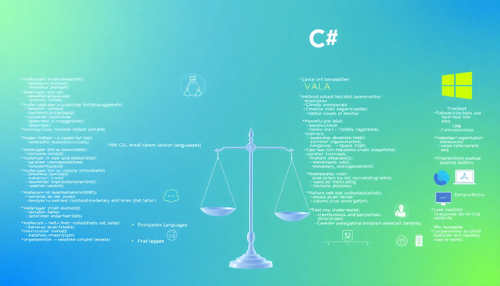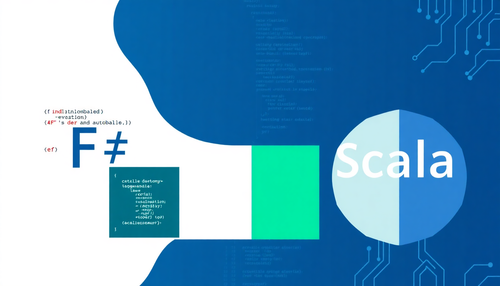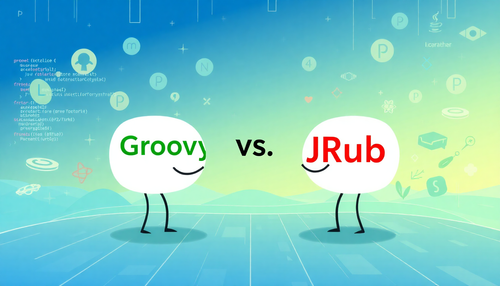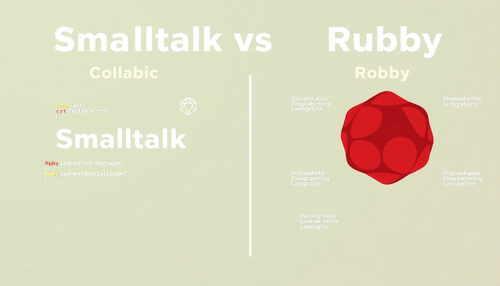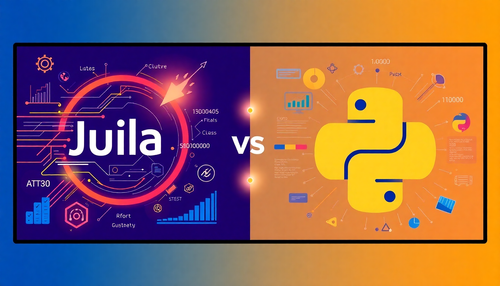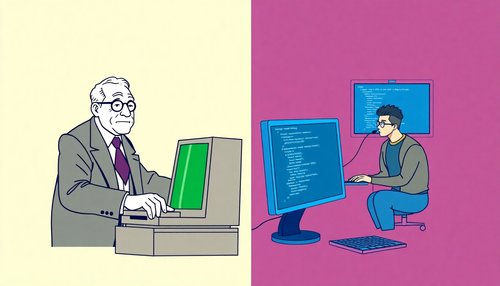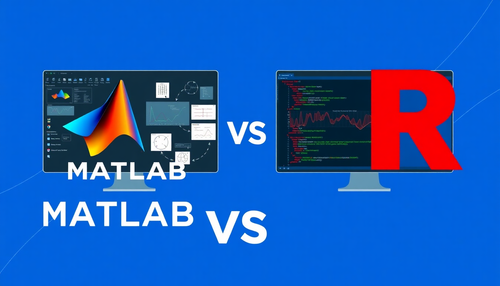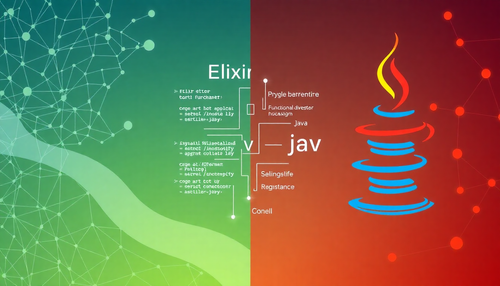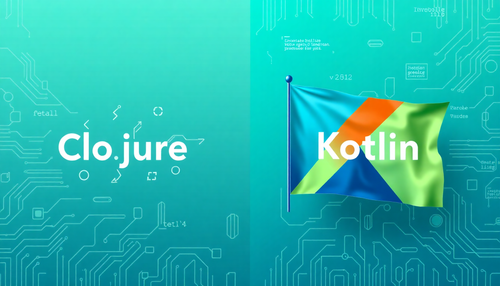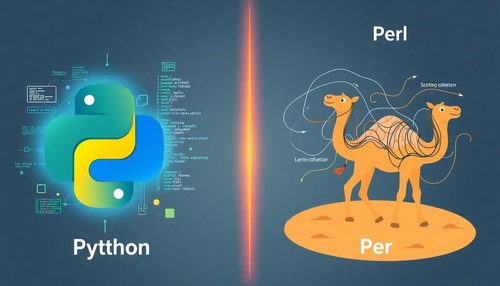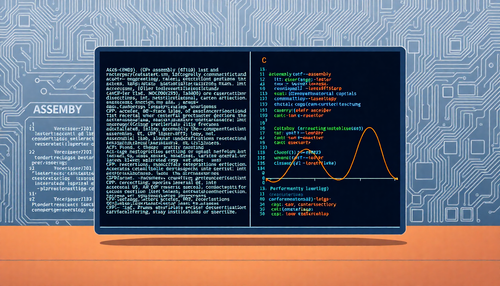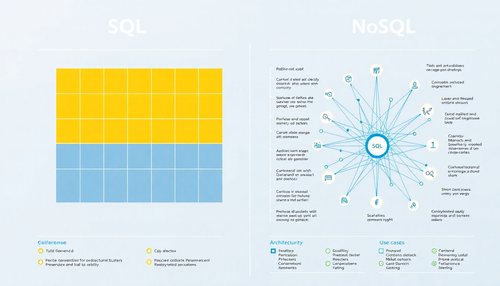Minimize software outsourcing risks with our expert guide! Discover the main strategies to ensure project success and protect your business.

Outsourcing software projects brings many benefits to companies of all sizes. But it also brings several potential risks, such as quality issues, security concerns, service interruptions, and compliance violations.
Identifying and mitigating risks in software outsourcing projects requires solid preparation and planning, but the best course of action is to start by understanding the most common pitfalls when it comes to software outsourcing risks .
Software outsourcing: risks
Understanding the risks associated with software outsourcing is the best way to avoid them. The most common include lack of clear communication, cultural and language barriers, scope creep, quality issues, and intellectual property concerns.
Not being aware of the risks of software outsourcing can result in poor communication between the supplier and the customer, low-quality products, data leaks, and many other time- and money-consuming consequences.
There are many ways to ensure companies avoid these risks. Business leaders need to be clear about the objectives and expectations of their projects, seek open communication and demand quality control.
Communication failures
Lack of clear communication can lead to misinterpretations, project delays and, ultimately, increased costs. For example, due to poor communication, the outsourcing partner may miss the delivery deadline. This will end up costing the customer time and money.
To avoid miscommunication when outsourcing software development, companies should ask the software development company about their established communication policies. It's important to understand whether they conduct meetings throughout the development process, report key milestones and project progress, and have tools to help with collaboration.

Much of the communication is non-verbal, so it can be helpful to hold face-to-face meetings or video calls with the outsourcing company when possible.
Strong outsourcing partners have excellent meeting facilitation skills. They will have no problem communicating openly with their clients, updating them on the progress of the outsourced project and reporting any setbacks.
Language and cultural barriers
Companies may encounter language and cultural barriers, especially when working with outsourced companies located in different time zones. In these situations, communication becomes more difficult, as either the customer accommodates the supplier's working hours, or the technical team works in the middle of the night, during the customer's working hours.
This is particularly stressful when software bugs arise. Since communication between both parties is not immediate, it takes much longer to detect and fix any software bugs.
To manage this software outsourcing risk, both the client and the outsourcing provider need to reach an agreement and set operating hours, use effective project management tools, establish adequate communication channels, and use escalation mechanisms.
Language barriers are also a big problem when it comes to working with third-party vendors because instructions can get lost in translation. The best way to avoid this is to ensure that all outsourced team members have a good command of English. Business leaders can use established standards like the Common European Framework of Reference (CEFR) or the International English Language Testing System (IELTS) for consistency.
Opportunist
Scope creep occurs when a client adds new tasks or deliverables to a project that you didn't originally agree to after the project began. This is common in situations with undefined project specifications, without adequate documentation and regular monitoring.
Unforeseen changes can lead to missed deadlines, increased budgets, financial losses and general customer dissatisfaction.
To avoid this risk, companies need to find a reliable outsourcing team that will provide them with detailed estimates and ask relevant questions to avoid unwanted and unexpected surprises. Both parties must be clear about project goals and expectations to ensure accurate results.
When discussing a project with a potential supplier for the first time, business leaders should ask several questions. They should ask about what happens if the project goes over budget or requires future changes, for example.
Quality issues
When working with an outsourcing provider for the first time, customers don't know exactly what they will receive in terms of product quality. Sometimes the final products do not meet the customer's expectations.
To mitigate potential quality issues when working with an outsourcing provider, clients should evaluate the provider's technical capabilities as well as the tools they use to speed development, increase work efficiency and improve productivity. Business leaders need to know what processes and delivery methodologies, tracking systems, and quality metrics the outsourcing vendor uses to manufacture software.
Another great way to gauge the overall quality of a potential partner is to talk to past or current clients. This way, they will be able to know directly what it is like to work with the supplier, what difficulties they may face and what to expect in the end.
It is important that companies do not fall for the lowest prices. Striking a good balance between cost and quality and properly selecting an experienced company will be much more helpful when it comes to cutting costs in the long run.
The outsourcing provider must have high-quality development standards and quality assurance strategies in place. They must also use state-of-the-art DevOps practices such as continuous integration, source control systems, and automation tools. If there are still doubts, companies can hire a specialist with experience in technology to supervise the work of the outsourced team and guarantee the quality of the finished product, in addition to knowing the company's portfolio.
Intellectual Property Concerns
One of the biggest risks of outsourcing involves intellectual property issues. When working with an outsourcing provider, companies have to expose their business assets, as they often delegate part of their IT infrastructure to the provider.
As the company hands over confidential information to the outsourcer, it is important to ensure privacy, intellectual property protection and data protection. The best way to do this is to select an IT outsourcing company that meets international security standards.
When interviewing potential outsourcing providers, business leaders should ask if they have previous experience working with sensitive data and ask if they will sign a non-disclosure agreement (NDA).
Companies need to create airtight outsourcing contracts or service level agreements with the help of an international lawyer if necessary. There must be a written agreement between both parties before the company provides any information or the project begins. A good contract should include a detailed list of each party's responsibilities, limits on confidentiality, and penalties for violating the contract.
Risk Mitigation Strategies
There are several proactive ways that companies help protect themselves from potential problems and mitigate risks during outsourcing.
Selecting the right supplier
The first step to mitigating any outsourcing risks is selecting the right supplier. In addition to having the right skill set, it's also important to determine whether they have access to the latest technologies, whether they have experience solving complex problems, whether they are flexible when it comes to addressing urgent issues, and whether they are passionate about the project.
When choosing the right outsourcing provider, companies may need to conduct background checks on potential suppliers. This will help them understand factors such as the average project size managed by the vendor and their reputation in the market.

To narrow down the pool of potential outsourcing providers, business leaders should compare service models, cooperation approaches, portfolios and customer feedback. Interviewing company representatives will also give customers an understanding of how well both parties communicate. Assessing a vendor's reputation, experience, capabilities, financial stability, security, and compliance standards is crucial to minimizing and mitigating any software development risks.
Establishing clear communication channels
Sometimes a lack of communication can lead to situations where the customer feels like they are losing control over the development process. Establishing clear communication channels ensures that both parties can work effectively as a unit.
Reputable outsourcing providers follow specific communication standards, but they also have no trouble adjusting to what works best for the client. Common communication options include video conferencing tools like Zoom, Skype, and Google Meet; chat platforms like Slack and Microsoft Teams; and project management software including Asana, Trello, and Jira. Project management software is important for transparency because it allows teams to collaborate on tasks, tracking their progress and managing their deadlines in a central location.
Implementing Robust Quality Assurance Processes
Another way to mitigate outsourcing risks is to implement robust quality assurance processes throughout development. By implementing these processes, companies help organize and optimize quality control planning, design, and monitoring.
While there are many software development methodologies, Agile reigns as the most popular choice. Agile is a development approach that remains as flexible as possible throughout the process, which allows the team to return to previous tasks at any time. It also means better product quality thanks to frequent updates and multiple interactions.
With Agile, QA prioritizes a user-driven approach when it comes to establishing good code quality. QA teams continually collect feedback that they use to continue improving the product. Some key aspects of agile QA include automation, metrics, and continuous improvement.
While automation can hinder the early stages of the project, it allows teams to achieve better quality in the long term by prioritizing quality and innovation over short-term goals. Establishing relevant metrics is important to keep developers on track.
Continuous improvement is a method where developers receive feedback from end users in short cycles that allow them to choose the right direction for product growth. They continually work on quality assurance and improvement.
Protecting intellectual property and data security
Whenever a company shares confidential information with a third-party vendor, there is an inherent risk that a vendor may mismanage its data or intellectual property (IP). That's why companies need to think about the implications of data security practices or IP breaches before hiring a vendor.
To mitigate software outsourcing risks related to intellectual property protection and data security, companies should thoroughly check the vendor's reputation and look for past violations of previous customers' intellectual property rights.
Business leaders should investigate the outsourcing vendor's internal risk practices, their ability toprotect IPs , and how they handle internal data breaches. Before sharing any confidential information, the customer must enter into an NDA with the supplier.
NDAs establish the terms and conditions under which information remains confidential. They also cover the consequences of disclosing specific confidential information to third parties.
If the customer has concerns about the third-party vendor using their software knowledge to create a competing product, they can request a non-compete clause. This prohibits the third-party vendor from developing a similar technology solution.
Monitoring and controlling project progress
Risks and plans to address them require constant monitoring and reporting. The development of an appropriate monitoring and reporting structure ensures the activation of appropriate responses to risks.
Using appropriate tracking tools, such as project management software, allows business leaders to keep an eye on the development process, monitoring who is working on it and how much time they are spending on each step.
Clear communication is also important when it comes to continuous monitoring and control of potential threats. Clients should contact risk managers frequently and send regular project updates to the outsourced team and stakeholders.
Both parties must actively maintain and consult a risk register. This document records any changes or developments in risk for everyone to see. Allows proactivity and faster responses to risks.
Dangers of Software Development Outsourcing
The dangers of outsourcing software development are many. Some of the most common software outsourcing risks include miscommunication, cultural and language barriers, scope creep, time zone differences, quality issues, intellectual property concerns, and the potential for vendor outsourcing.
If not addressed properly, these issues can result in lost time and money, data breaches, poor quality products, and many other customer problems.
To avoid these software outsourcing risks, companies simply need to implement strategies that include selecting the right supplier, establishing clear communication channels, implementing robust quality assurance processes, protecting intellectual property, and securing data. data, and monitoring and controlling project progress.
By implementing these and other strategies, and with sufficient oversight, companies can easily mitigate most software outsourcing risks and reap the benefits of working with an outsourcing vendor.
Conclusion
Companies best protect themselves by acting proactively when looking to outsource projects, with the first step being to find a reputable, trustworthy and exemplary team to work with. By taking the necessary preparation steps and establishing contractual requirements, companies work with their outsourcing providers to achieve success and meet goals.
If you liked this article, be sure to check out some more articles about outsourcing.
- Software and cloud services outsourcing: growing demands for scalable business solutions
- 5 Tips for Selecting the Perfect Software Outsourcing Vendor
- 5 signs that it’s the right time to outsource your software development
- Why should startups outsource software development projects?
- Effectively scaling outsourced software development teams
Common questions
What are some common risks associated with software outsourcing projects?
Common risks associated with software outsourcing projects include miscommunication, cultural and language barriers, scope creep, quality issues, and intellectual property concerns.
Not being aware of these risks can result in financial losses, sensitive data breaches, poor quality end products, and general customer dissatisfaction. Mitigating these potential risks depends on establishing clear goals and expectations, seeking transparent and efficient communication channels and implementing quality assurance processes.
How can I ensure effective communication with my outsourced software development team?
To ensure effective communication with an outsourced software development team, business leaders must establish communication channels that work well for both parties. Depending on their needs, customers can use video conferencing tools (Zoom, Skype, Google Meet), chat platforms (Slack, Microsoft Teams, WhatsApp) and project management software (Asana, Trello, Jira).
Project management software, in particular, allows all team members to work together on different tasks, track their progress, and manage deadlines, which is a great way to promote collaboration. It's also important to be clear and reasonable when setting goals and expectations with your outsourced software development team.
What measures can I take to protect my intellectual property and data security in software outsourcing projects?
To protect intellectual property and data security in software outsourcing projects, customers can take a few different steps.
The first step, before hiring any vendor, is to thoroughly consider the implications of data security or IP breaches. When narrowing down the list of potential outsourcing vendors, companies need to check the vendor's reputation, look for past intellectual property violations, and evaluate internal practices for risk.
Business leaders should know whether a potential outsourcing vendor knows how to handle internal data breaches and is capable of successfully protecting IPs. Another necessary measure to protect my intellectual property and data security in software outsourcing projects involves signing an NDA.
If necessary, the customer can request a non-compete clause prohibiting the third-party vendor from using its software knowledge to create a similar competing solution.
Source: BairesDev



